8.02.2023
NASA Invites Media to SpaceX’s 27th Resupply Launch to Space Station

Media accreditation is open for SpaceX’s 27th commercial resupply mission for NASA to the International Space Station. Liftoff of the SpaceX Dragon cargo spacecraft on a Falcon 9 rocket is targeted for no earlier than Friday, March 10, from Launch Complex 39A at NASA’s Kennedy Space Center in Florida.
SpaceX’s Dragon will deliver new science investigations, supplies, and equipment for the international crew, including the final two experiments comprising the National Institutes for Health and International Space Station National Laboratory’s Tissue Chips in Space initiative. Both studies, Cardinal Heart 2.0 and Engineered Heart Tissues-2, use small devices containing living cells that mimic functions of human tissues and organs to advance the development of treatments for cardiac dysfunction.
Media prelaunch and launch activities will take place at Kennedy. Attendance for this launch is open to U.S. citizens. U.S. media must apply by 11:59 p.m. EST Wednesday, Feb. 22. Media wishing to take part in person must apply for credentials at:
Credentialed media will receive a confirmation email upon approval. For questions about accreditation, or to request special logistical requests, please email ksc-media-accreditat@mail.nasa.gov. For other questions, please contact Kennedy’s newsroom at: 321-867-2468.
Para obtener información sobre cobertura en español en el Centro Espacial Kennedy o si desea solicitar entrevistas en español, comuníquese con Antonia Jaramillo at: antonia.jaramillobotero@nasa.gov or 321-501-8425.
Other studies launching include, NASA’s HUNCH Ball Clamp Monopod, a student manufactured project that can make filming in space easier, and the Japan Aerospace Exploration Agency’s Tanpopo-5 investigation, which studies microbes to learn more about the possibility of the survival and growth of organisms in space and on extraterrestrial planets, such as Mars.
Cargo resupply by U.S. companies significantly increases NASA's ability to conduct more investigations aboard the orbiting laboratory. Those investigations lead to new technologies, medical treatments, and products that improve life on Earth. Other U.S. government agencies, private industry, and academic and research institutions can also conduct microgravity research through NASA’s partnership with the International Space Station National Laboratory.
Humans have occupied the space station continuously since November 2000. In that time, 263 people and a variety of international and commercial spacecraft have visited the orbital outpost. It remains the springboard to NASA's next steps in exploration, including future missions to the Moon under Artemis, and ultimately, human exploration of Mars.
Quelle: NASA
----
Update: 1103.2023
.
NASA Sets Coverage for Next SpaceX Resupply Launch to Space Station

NASA and SpaceX are targeting 8:30 p.m. EDT Tuesday, March 14, to launch the company’s 27th commercial resupply mission to the International Space Station. Liftoff will be from Launch Complex 39A at the NASA’s Kennedy Space Center in Florida. Launch timing is dependent upon the undocking and return of NASA’s SpaceX Crew-5.
Live launch coverage will air on NASA Television, the NASA app, and the agency’s website, with prelaunch events starting Monday, March 13. Follow all events at:
The SpaceX Dragon spacecraft will deliver new science investigations, supplies, and equipment for the international crew, including NASA’s HUNCH Ball Clamp Monopod, a student manufactured project that can make filming in space easier, and the JAXA (Japan Aerospace Exploration Agency) Tanpopo-5 investigation which studies the origin, transportation, and survival of life in space and on extraterrestrial planets.
Dragon will also deliver the final two experiments from the National Institutes for Health and International Space Station National Laboratory’s Tissue Chips in Space initiative. Both studies, Cardinal Heart 2.0 and Engineered Heart Tissues-2, use small devices containing living cells that mimic functions of human tissues and organs to advance the development of treatments for cardiac dysfunction.
Arrival to the station is scheduled for 7:07 a.m. EDT on Thursday, March 16. The spacecraft will dock autonomously to the forward-facing port of the station’s Harmony module.
Dragon is expected to spend about a month attached to the orbiting outpost before it returns to Earth with research and return cargo, splashing down off the coast of Florida.
The deadline has passed for media accreditation for in-person coverage of this launch. The agency’s media accreditation policy is available online. More information about media accreditation is available by emailing: ksc-media-accreditat@mail.nasa.gov.
Full coverage of this mission is as follows (all times Eastern):
Monday, March 13
8 p.m. – Prelaunch media teleconference (no earlier than one hour after completion of the Launch Readiness Review) with the following participants:
- Phil Dempsey, transportation integration manager, International Space Station Program
- Dr. Meghan Everett, deputy chief scientist, NASA’s International Space Station Program Research Office
- Sarah Walker, director, Dragon Mission Management, SpaceX
- Arlena Moses, launch weather officer, Cape Canaveral Space Force Station’s 45th Weather Squadron
Audio of the teleconference will stream live on the agency’s website:
Media may ask questions via phone only. For the dial-in number and passcode, please contact the Kennedy newsroom no later than 5 p.m. EDT on Monday, March 13, at: ksc-newsroom@mail.nasa.gov.
Tuesday, March 14
11 a.m. – Science media teleconference with the following participants:
- Dr. Meghan Everett, deputy chief scientist, NASA’s International Space Station Program Research Office
- Shane Johnson, former HUNCH student and current research assistant at the University of Texas at Austin, who will discuss the HUNCH Ball Clamp Monopod experiment
- Dr. Mita Hajime, professor at the Fukuoka Institute of Technology and principal investigator for the Tanpopo-5experiment
- Dr. Ralf Moeller, microbiologist at the German Aerospace Center in Cologne, Germany, and principal investigator of the BIOFILMS study
- Devin Mair, Johns Hopkins university doctoral candidate, who will discuss Engineered Heart Tissues-2
- Dr. Dilip Thomas, post-doctoral researcher at the Stanford Cardiovascular Institute, who will discuss the Cardinal Heart 2.0 investigation
- Logan Torres, engineer at IRPI in Wilsonville, Oregon, who will discuss the CapiSorb Visible System study
Audio of the teleconference will stream live on the agency’s website:
Media may ask questions via phone only. For the dial-in number and passcode, please email Lora Bleacher no later than 8 a.m. EDT on Tuesday, March 14 at: lora.v.bleacher@nasa.gov.
8 p.m. – NASA TV launch coverage begins
8:30 p.m. – Launch
Thursday, March 16
5:30 a.m. – NASA TV coverage begins for Dragon docking to space station
7:07 a.m. – Docking
Coverage is subject to change based on real-time operational activities. Follow the International Space Station blog for updates.
NASA launch coverage
Audio only of the news conferences and launch coverage will be carried on the NASA “V” circuits, which may be accessed by dialing 321-867-1220, -1240, or -7135. On launch day, the full mission broadcast can be heard on -1220 and -1240, while the countdown net only can be heard on -7135 beginning approximately one hour before the mission broadcast begins.
On launch day, a “tech feed” of the launch without NASA TV commentary will be carried on the NASA TV media channel.
NASA website launch coverage
Launch day coverage of the mission will be available on the NASA website. Coverage will include live streaming and blog updates beginning no earlier than 8 p.m. EDT Tuesday, March 14, as the countdown milestones occur. On-demand streaming video and photos of the launch will be available shortly after liftoff. For questions about countdown coverage, contact the Kennedy newsroom at 321-867-2468. Follow countdown coverage on our launch blog for updates.
Attend launch virtually
Members of the public can register to attend this launch virtually. Registrants will receive mission updates and activities by email. NASA’s virtual guest program for this mission also includes curated launch resources, notifications about related opportunities, and a virtual guest passport stamp following a successful launch.
Quelle: NASA
----
Update: 13.03.2023
.
CARDIAC TISSUE CHIPS TO FLY TO THE ISS TO REFINE DRUG SCREENING
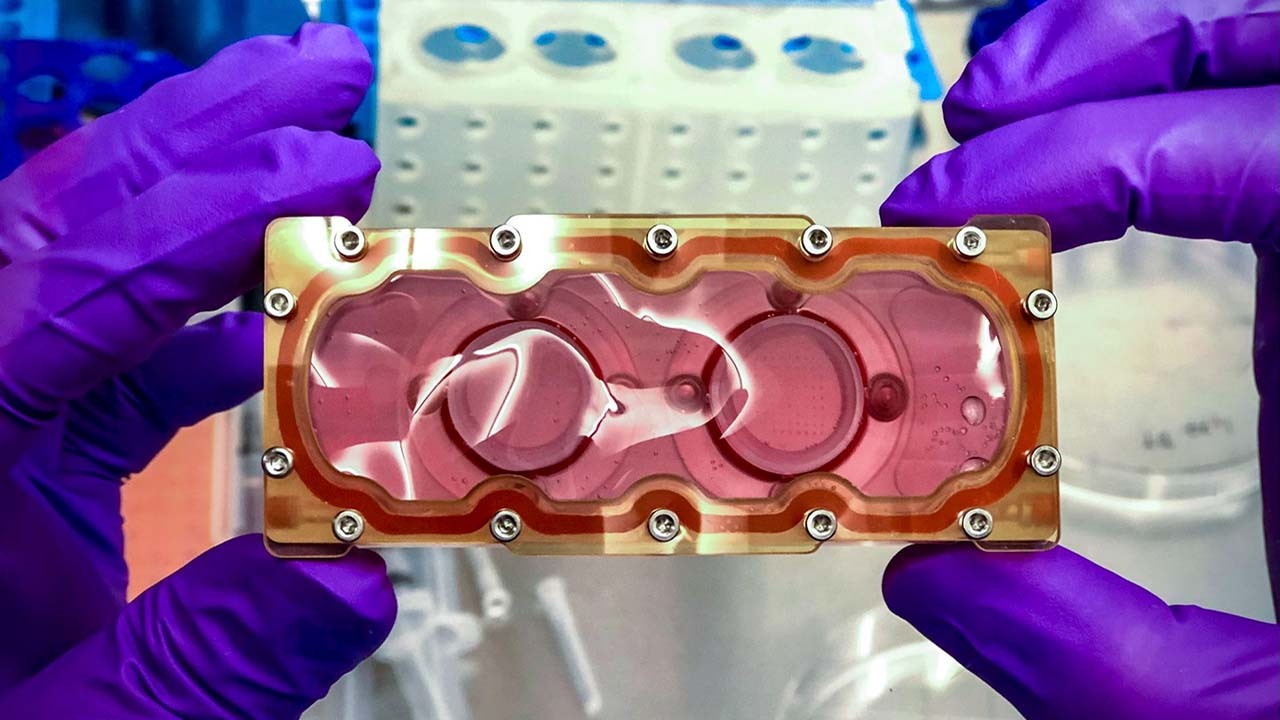
BioCell developed by BioServ Space Technologies that contain 162 beating cardiac spheroids derived from indiced pluripotent stem cells (iPSCs).
KENNEDY SPACE CENTER (FL), March 10, 2023 – More than 600,000 people die each year from cardiovascular disease in the United States. Many more experience weakened heart muscles, which often results in heart failure, a state in which the heart is unable to pump blood throughout the body. To improve patient care and quality of life for people with heart disease, a team of researchers from Stanford University led by Joseph Wu is turning to the International Space Station (ISS) National Laboratory. The team will test whether engineered heart muscle tissue grown in microgravity can be used as a model for heart failure to screen potential new drugs.
“We are interested in improving patients’ lives and want to better understand what causes heart diseases and how we can prevent them using either new therapeutics or old therapeutics that are reformulated or repurposed,” said Dilip Thomas, a research instructor at Stanford.

A preflight image of beating cardiac spheroid composed of iPSC-derived cardiomyocytes (CMs), endothelial cells (ECs), and cardiac fibroblasts (CFs).
MEDIA CREDIT: Image courtesy of Drs. Joseph Wu, Dilip Thomas and Xu Cao, Stanford Cardiovascular Institute.
Space-based research provides a unique opportunity to study heart conditions because prolonged exposure to microgravity can weaken heart muscles at a much quicker rate than aging or heart disease do on Earth. Research has found that microgravity weakens heart muscle cells and engineered heart tissue in the same way.
“We know that prolonged stress environments like microgravity can cause weakening of cardiac muscle cells, producing the symptoms that we see in patients that suffer from heart failure on Earth,” Thomas said. “We can use the ISS to model a lot of the diseases that we see in patients on Earth but on an accelerated timeline.”
The investigation, launching on SpaceX’s 27th Commercial Resupply Services (CRS) mission, is funded by the National Institutes of Health’sNational Center for Advancing Translational Sciences (NCATS) through the Tissue Chips in Space initiative in collaboration with the ISS National Lab. Tissue chips are small devices engineered to model the structure and function of human tissues and organ systems. The Stanford team will examine microgravity’s effects on heart function utilizing cardiac tissue chips containing engineered heart tissues derived from human stem cells.
The team will pretreat the engineered heart tissues with FDA-approved drugs and send them to the ISS to evaluate whether the therapeutics help reduce the negative effects of microgravity on the tissues. By testing clinically approved drugs, the team can validate that the tissue chips are effective at modeling heart disease and identifying potential treatments. The team will send two sets of pre-treated samples: one that will be chemically fixed at a defined time point and one that will be returned live so the team can analyze how the stresses of launch and landing affect the tissues.
The SpaceX CRS-27 mission is targeted for launch from Kennedy Space Center no earlier than March 14 at 8:30 p.m. EST. This mission will include more than 15 ISS National Lab-sponsored payloads. To learn more about all ISS National Lab-sponsored research on SpaceX CRS-27, please visit our launch page.
Quelle: ISS NATIONAL LABORATORY
----
Update: 15.03.2023
.
Start von SpaceX CRS-27 Cargo Dragon Mission
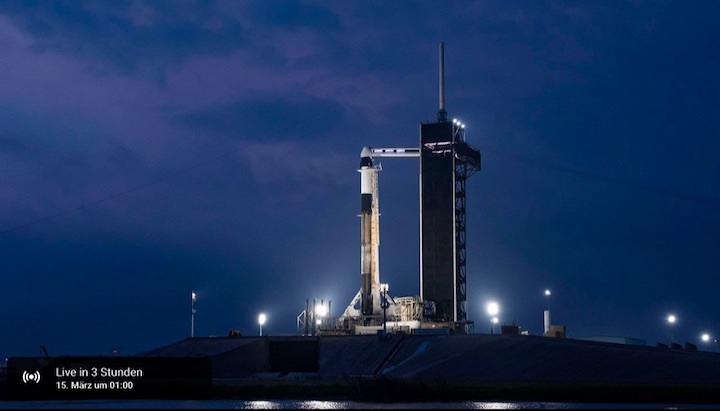
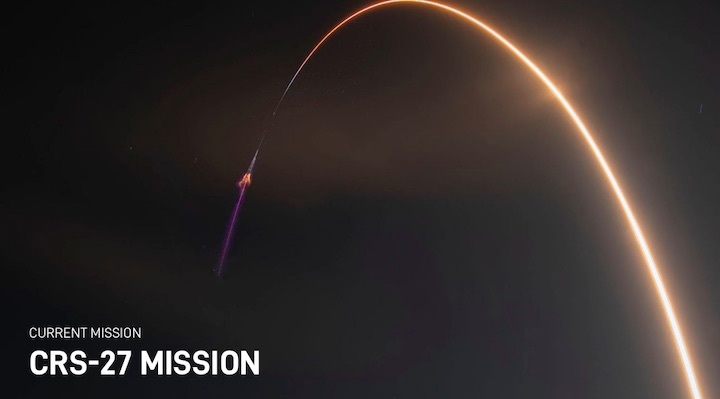
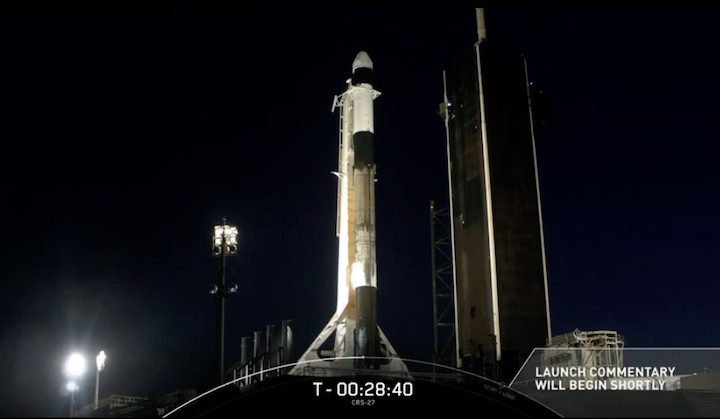
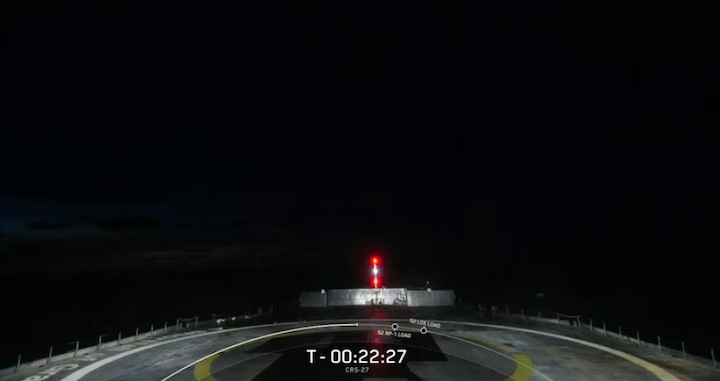
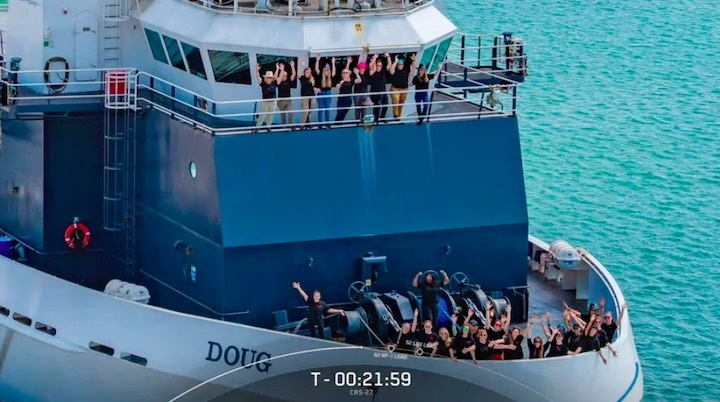
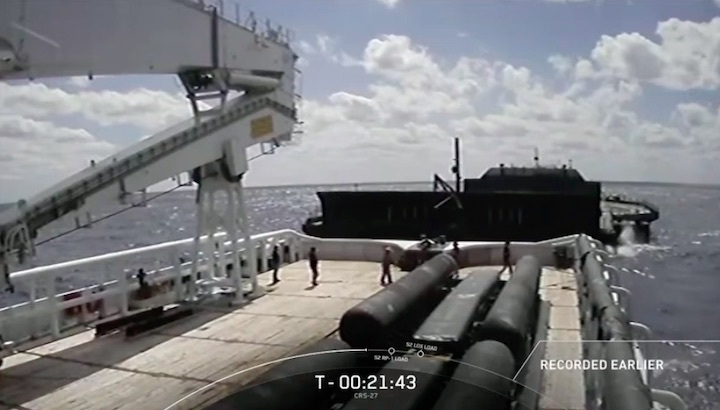
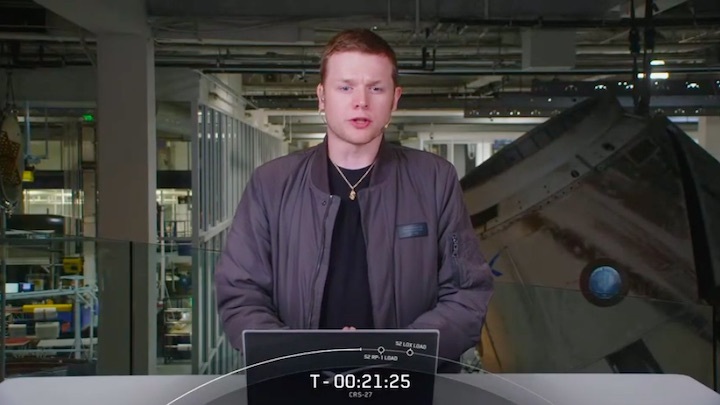
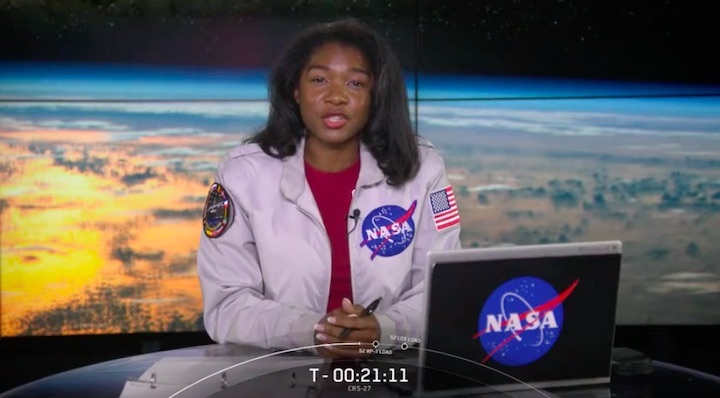
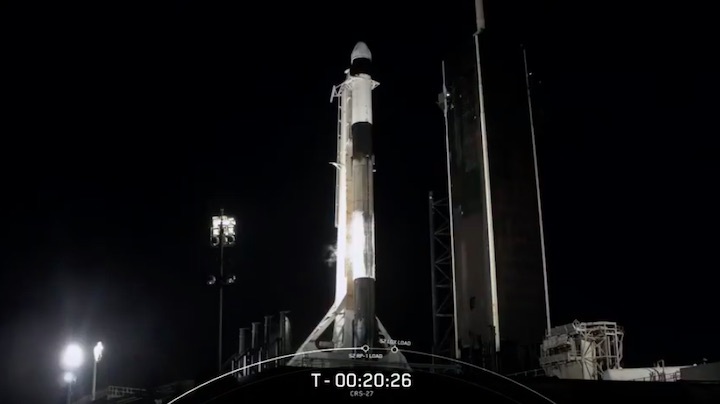
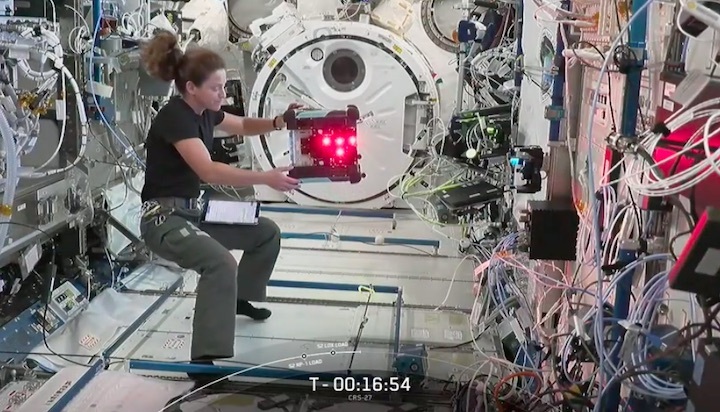
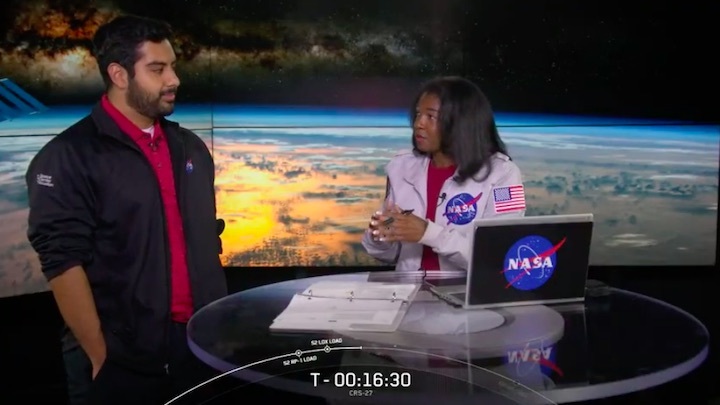
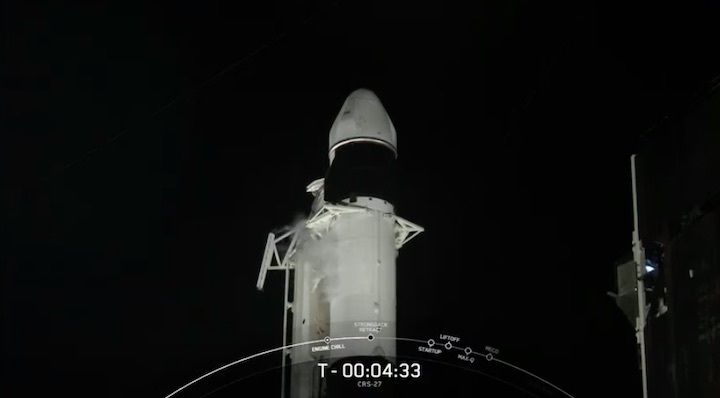
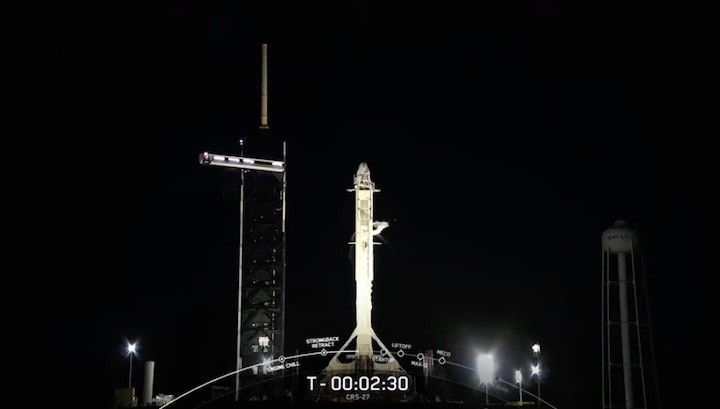
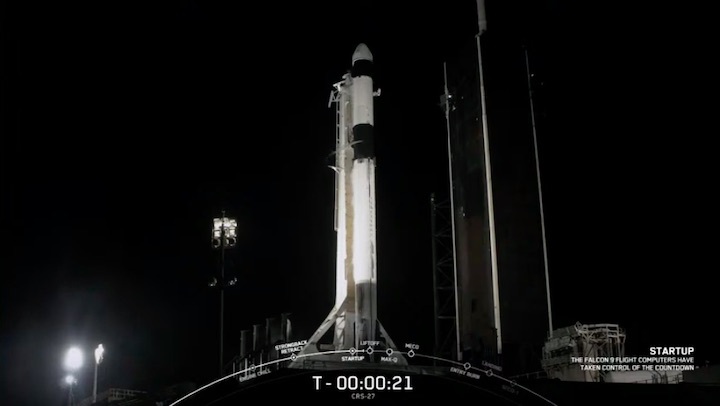
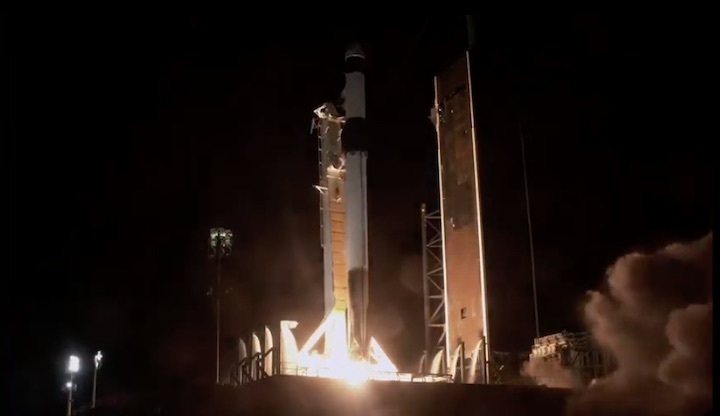
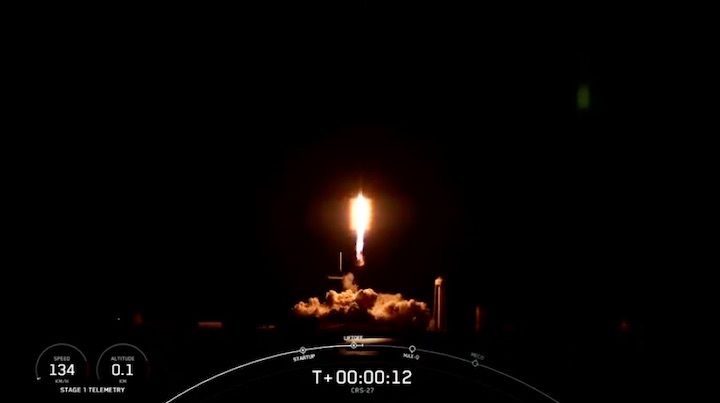

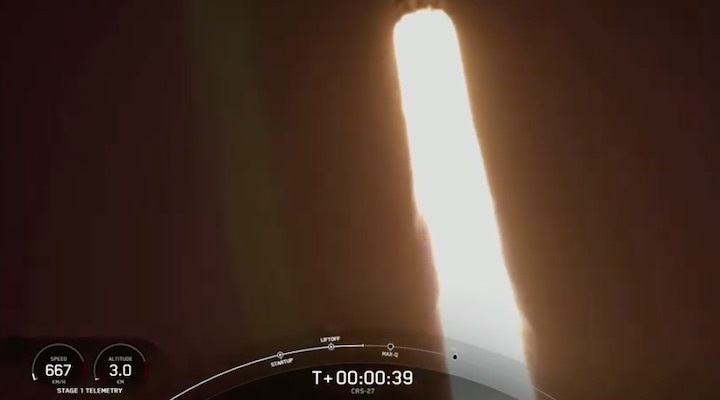
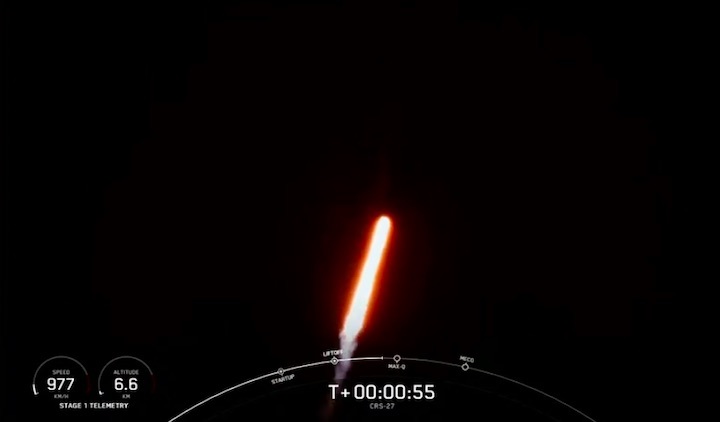
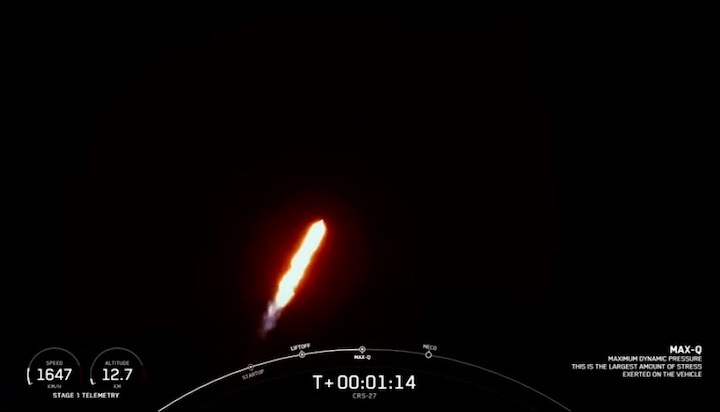
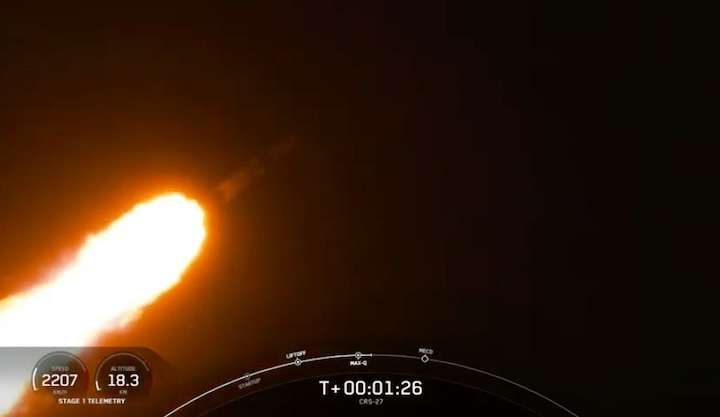
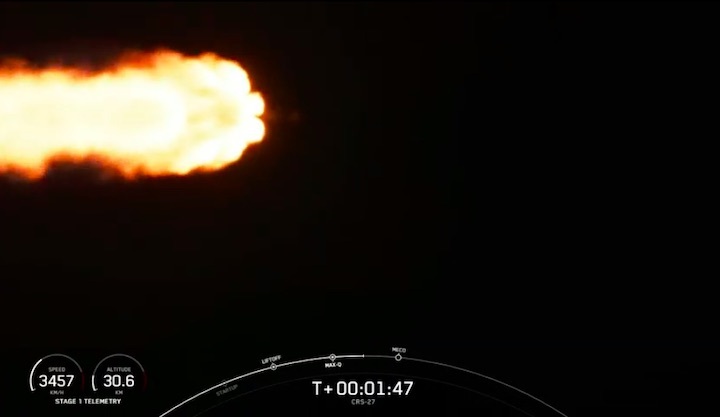
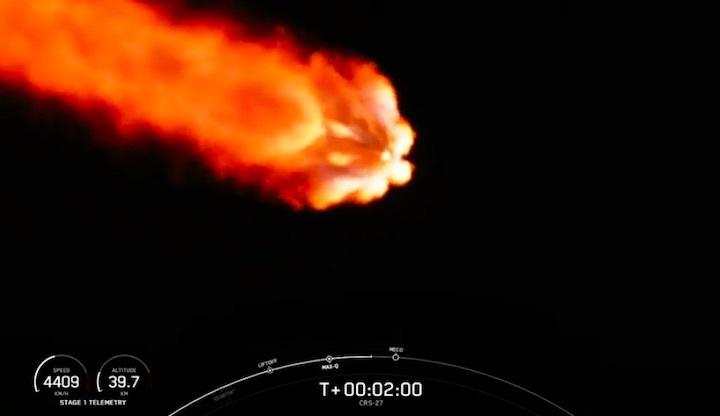
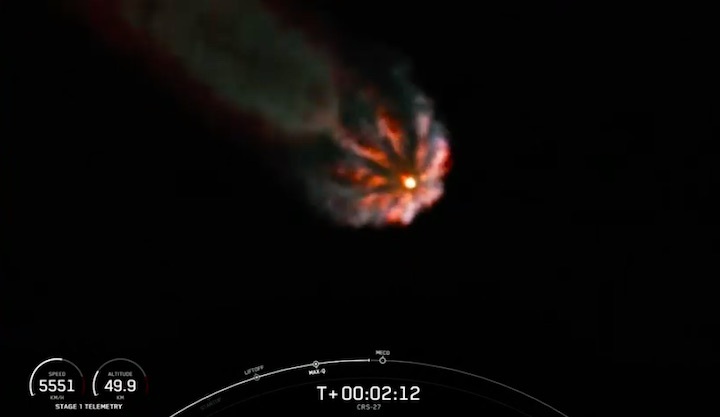
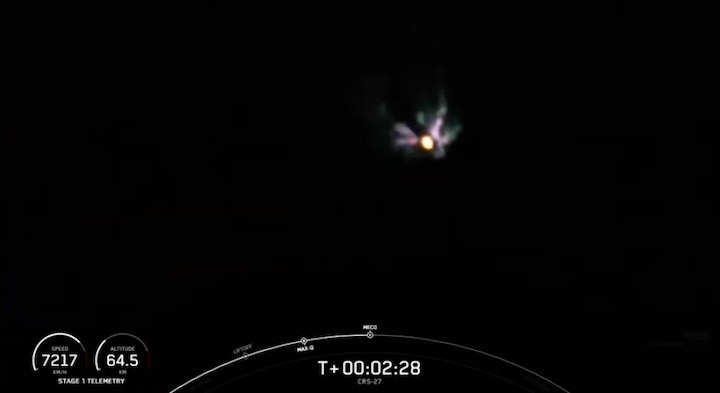
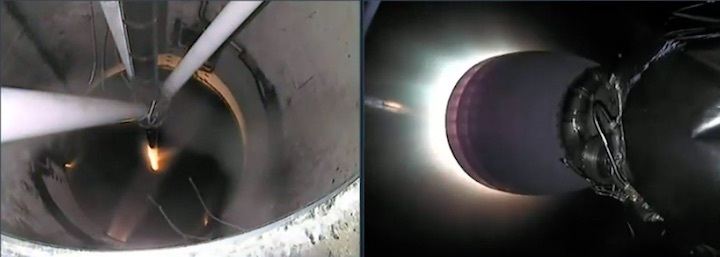
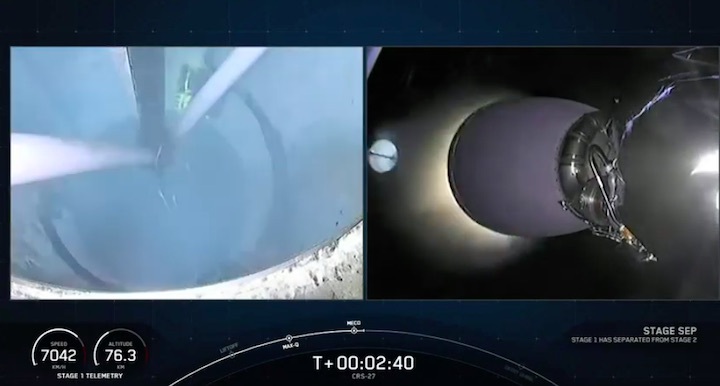
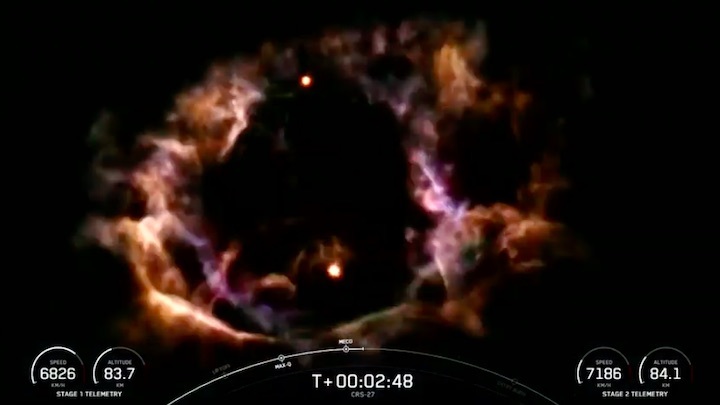
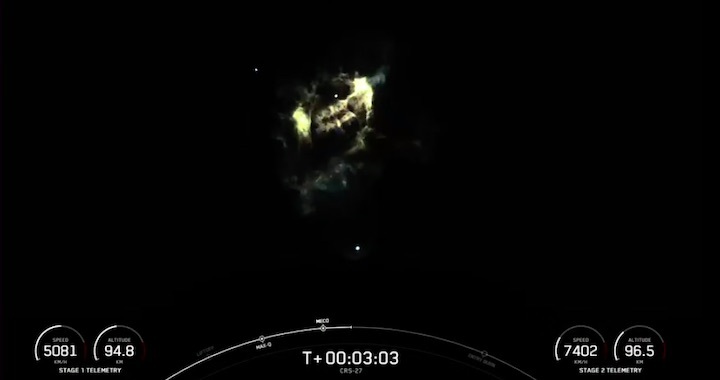
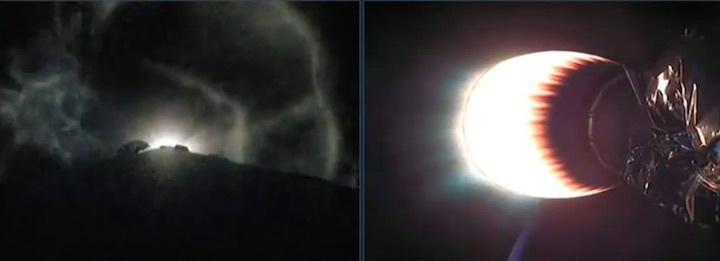
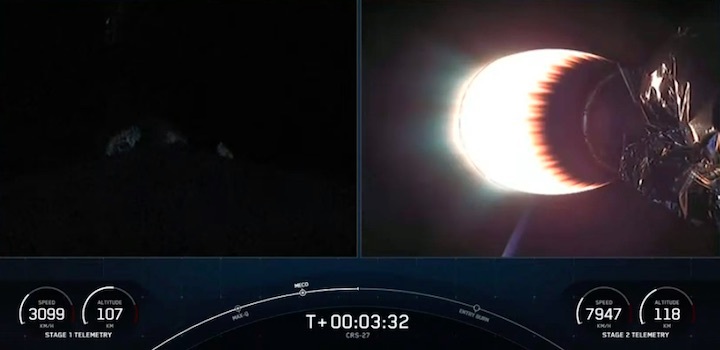
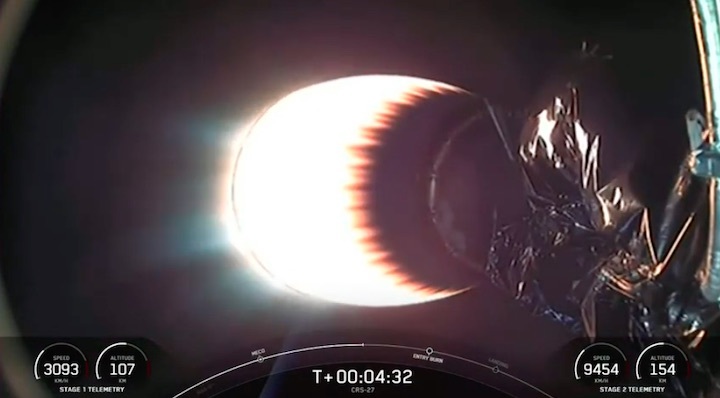


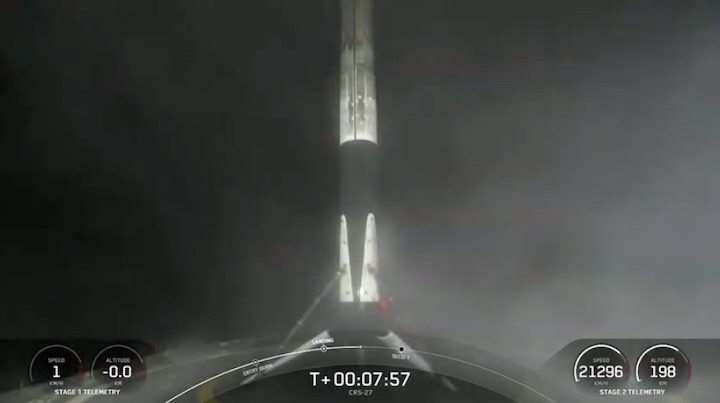
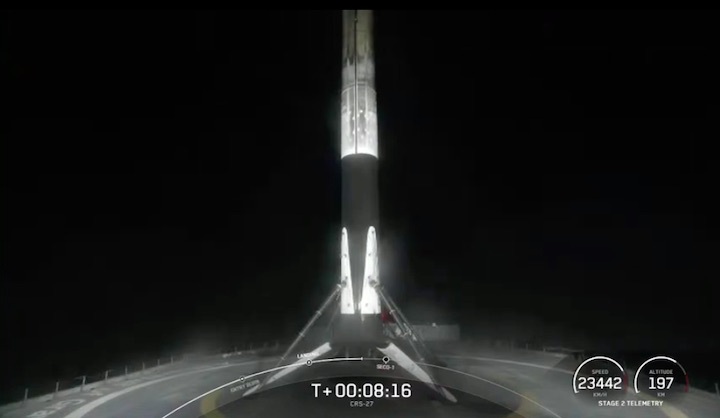
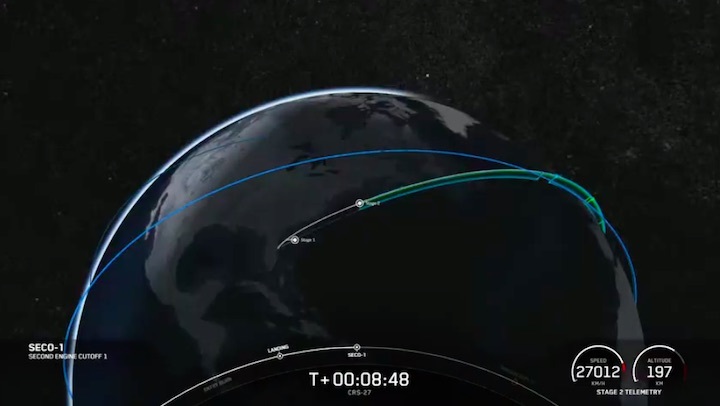
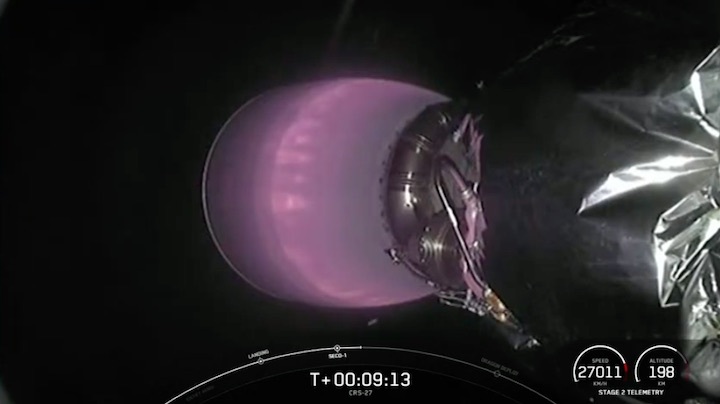

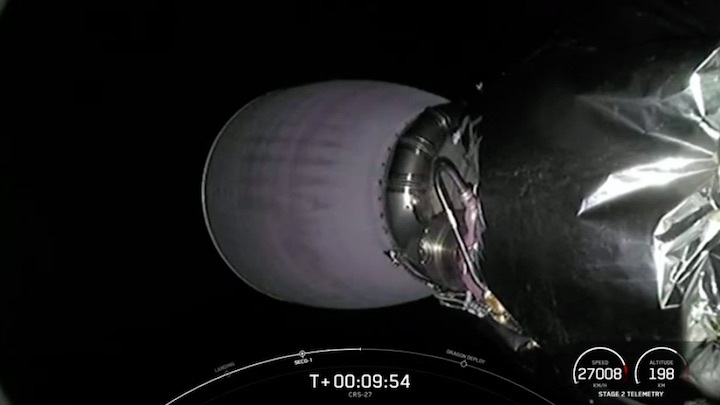
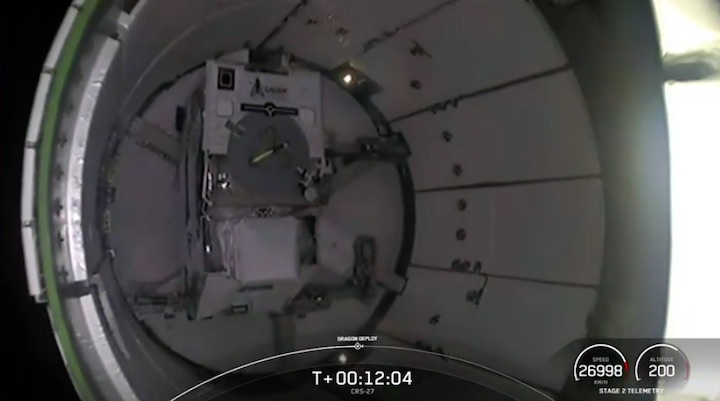
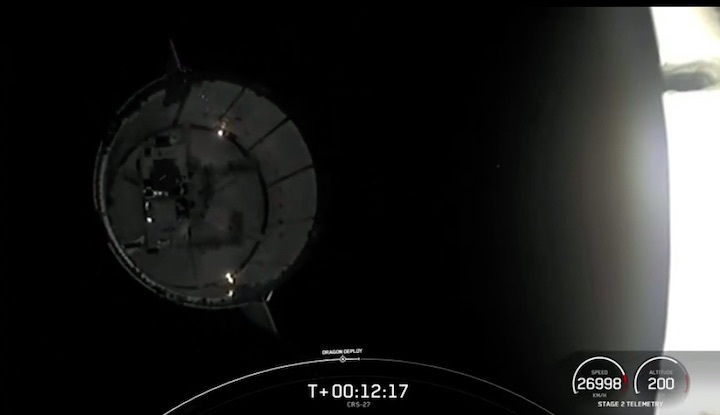
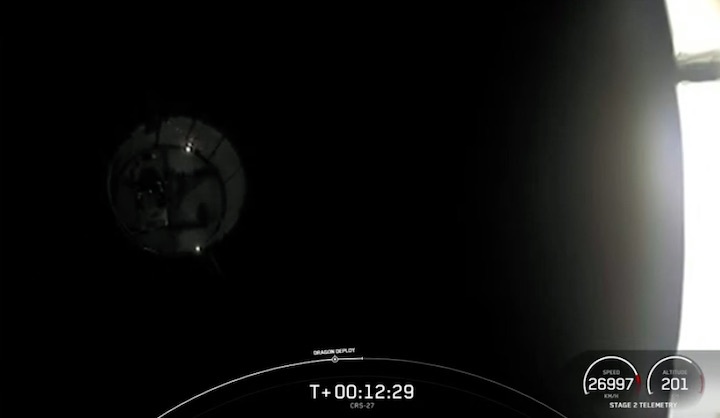
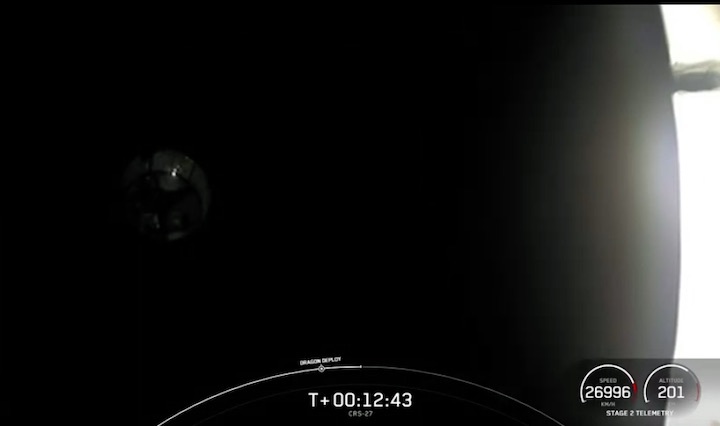
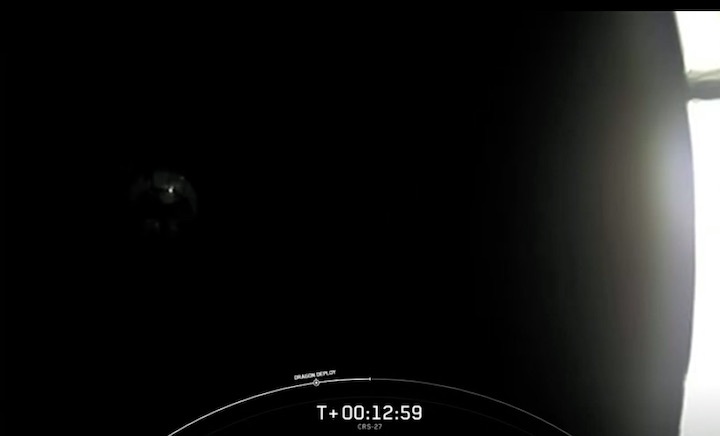
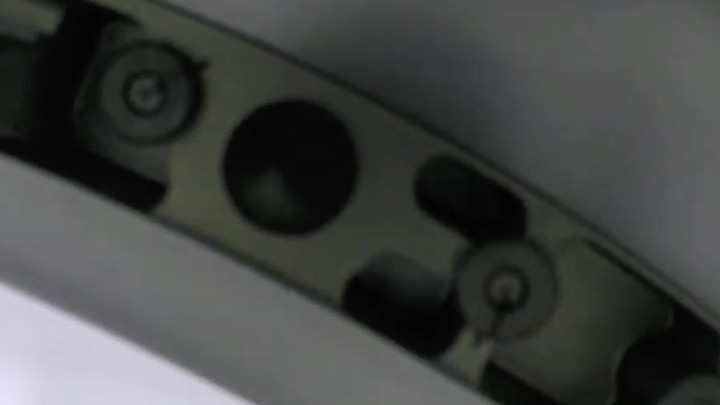
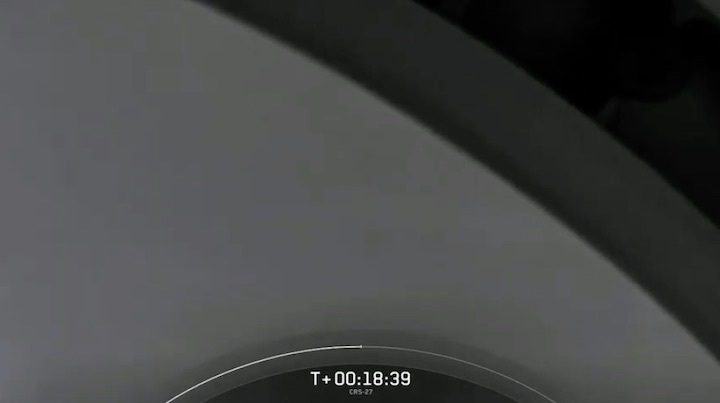
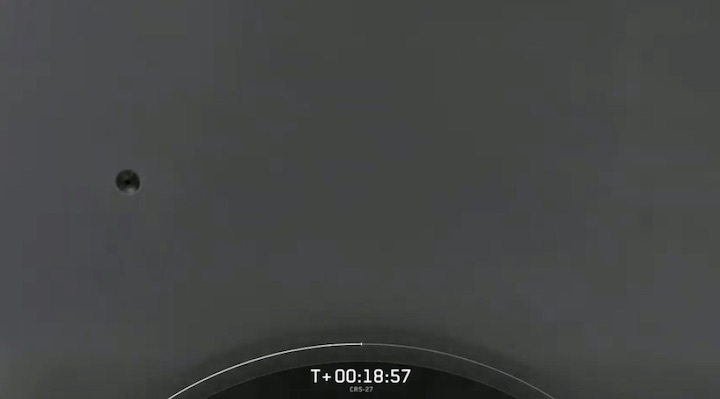
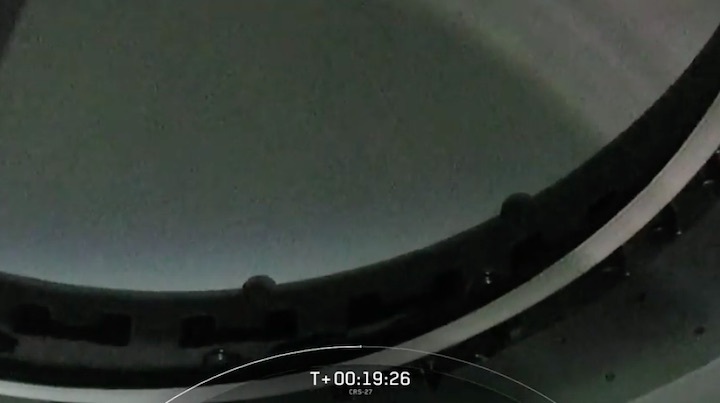
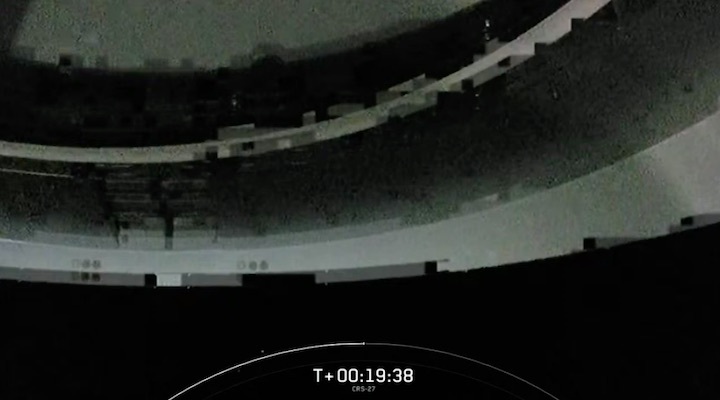
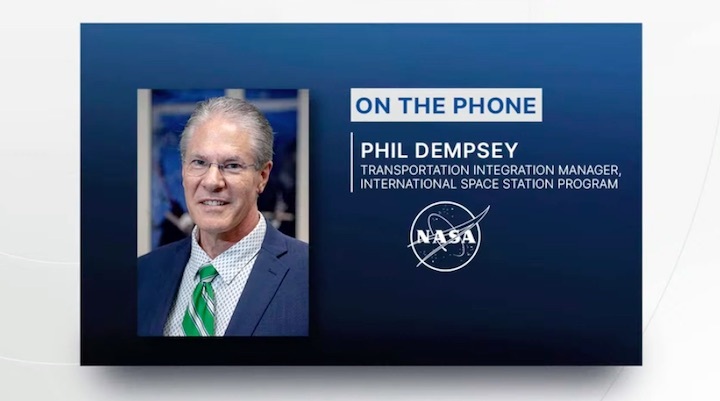
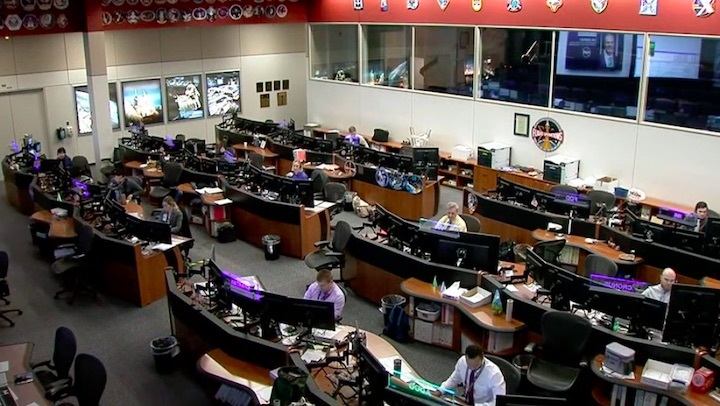
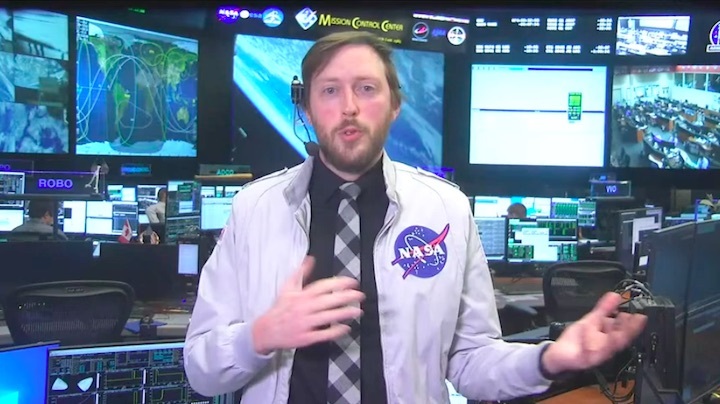
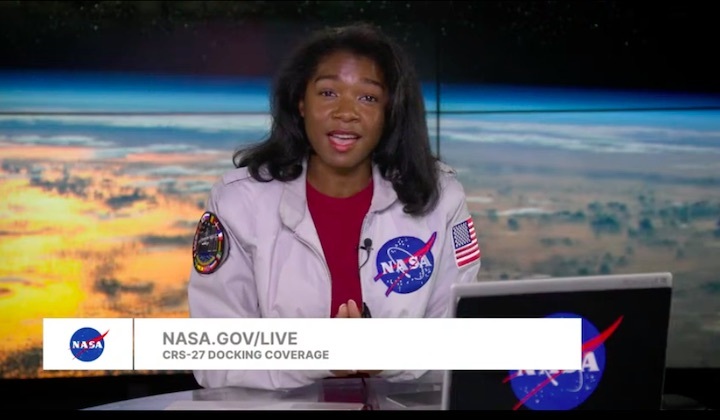
Quelle: SpaceX
